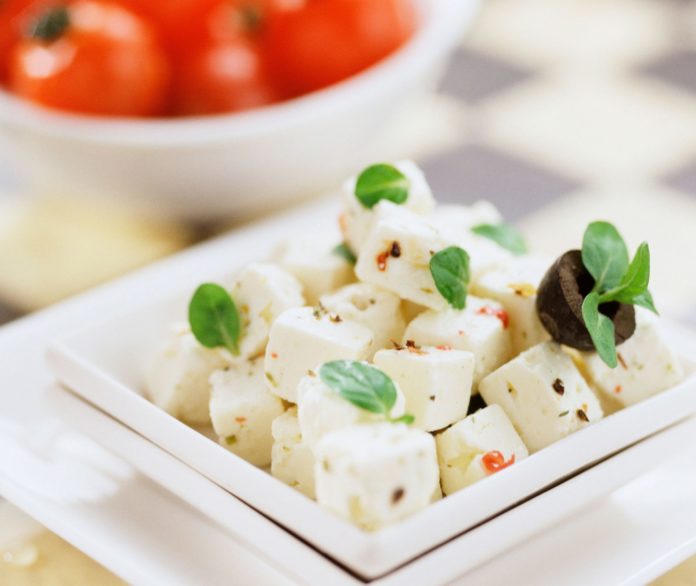Tetra Pak has announced the launch of its first complete processing line for feta type white cheese products, with a fully automated and integrated solution to ensure the highest standard of food safety and speed.
Leveraging more than 45 years of experience in cheese processing, Tetra Pak is launching this best-practice line to enable white milk producers and traditional cheesemakers to explore opportunities within white cheese. The global cheese market is expected to grow from 28 to 36.5 billion kg with a CAGR of 2.4% by 2030, fresh cheese, including white cheese, represents 30% of total volume growth by 20301.

“We wanted to make cheese production as straightforward as possible and enable customers to discover new opportunities in white cheese. Using a closed and fully automated line solution, without manual contact with the product, we are making it easier for customers to achieve profitability, high efficiency and minimize loss. Plus, the product is food safe and ready for consumption straight after being packaged”, said Joanna Majewska, business development Liquid Filled Cheese Line, Tetra Pak.

The complete processing line has been designed to produce a diverse range of white cheese products, utilizing proven technologies, such as ultrafiltration and high shear mixing, to facilitate customer exploration of a new market segment and increase current production capacity. The processing line works for both BAF (Bacteriological Acidified Feta) and GDL (Glucone Delta Lactone) using a hygienic and safe process to ensure long product shelf life.
IndiFoodBev — authentic, impactful and influential
An English-language food and beverage processing and packaging industry B2B platform in print and web, IndiFoodBev is in its third year of publication. It is said that the Indian food and beverage industries represent approximately US$ 900 billion in revenues which implies more than 20% of the country’s GDP. Eliminating the wastage on the farmside can help to deliver more protein to a higher number of the population apart from generating sizable exports. The savings in soil, seeds, water, fertilizer, energy and ultimately food and nutrition could be the most immense contribution that country is poised to make to the moderation of climate change.
To improve your marketing and grow sales to the food and beverage processing and packaging industry, talk to us. Our research and consulting company IppStar [www.ippstar.org] can assess your potential and addressable markets in light of the competition. We can discuss marketing, communication, and sales strategies for market entry and growth.
Suppliers and service providers with a strategy and budget for targeted marketing can discuss using our hybrid print, web, video, and social media channels to create brand recognition linked to market relevance. Our technical writers are ready to meet you and your customers for content.
The second largest producer of fruit and vegetables in the world is continuously expanding processing capacities and delivery systems with appropriate innovative technologies. We cover product and consumer trends, nutrition, processing, research, equipment and packaging from farm to thali. Get our 2025 media kit and recalibrate your role in this dynamic market. Enhance your visibility and relevance to existing markets and turn potential customers into conversations. Ask for a sample copy of our bi-monthly in print or our weekly IndiFoodBev eZine each Wednesday.
For editorial info@ippgroup.in — for advertisement ads1@ippgroup.in and for subscriptions subscription@ippgroup.in
Naresh Khanna – 10 February 2025
Subscribe Now











